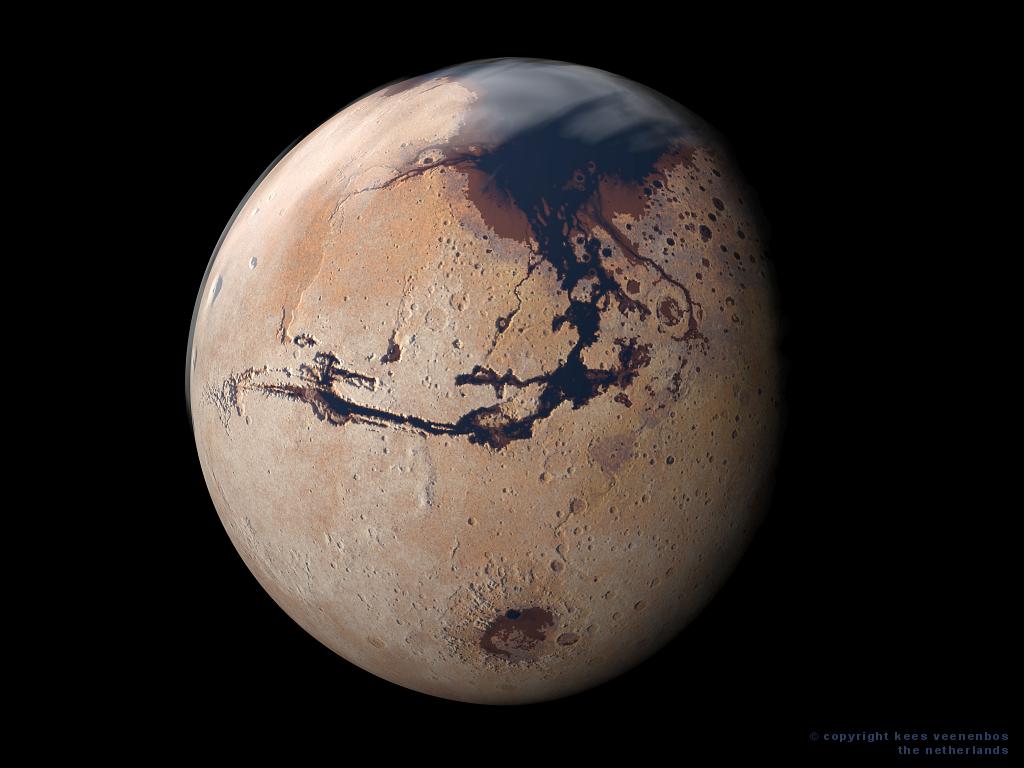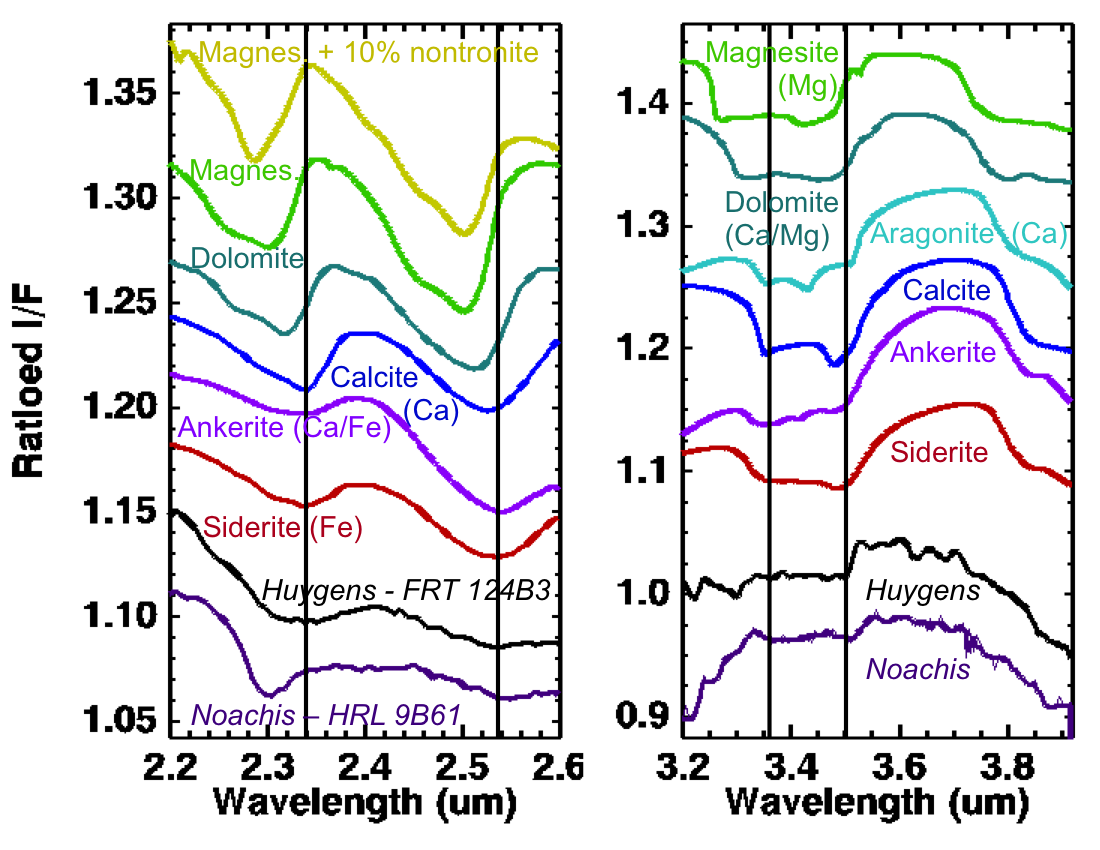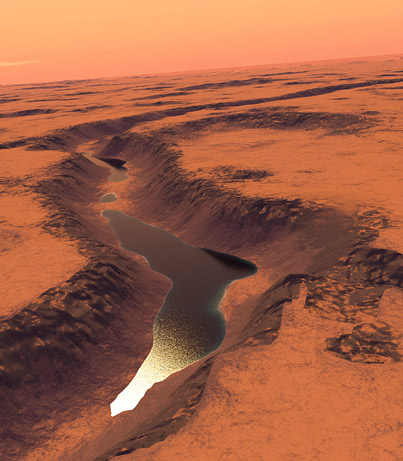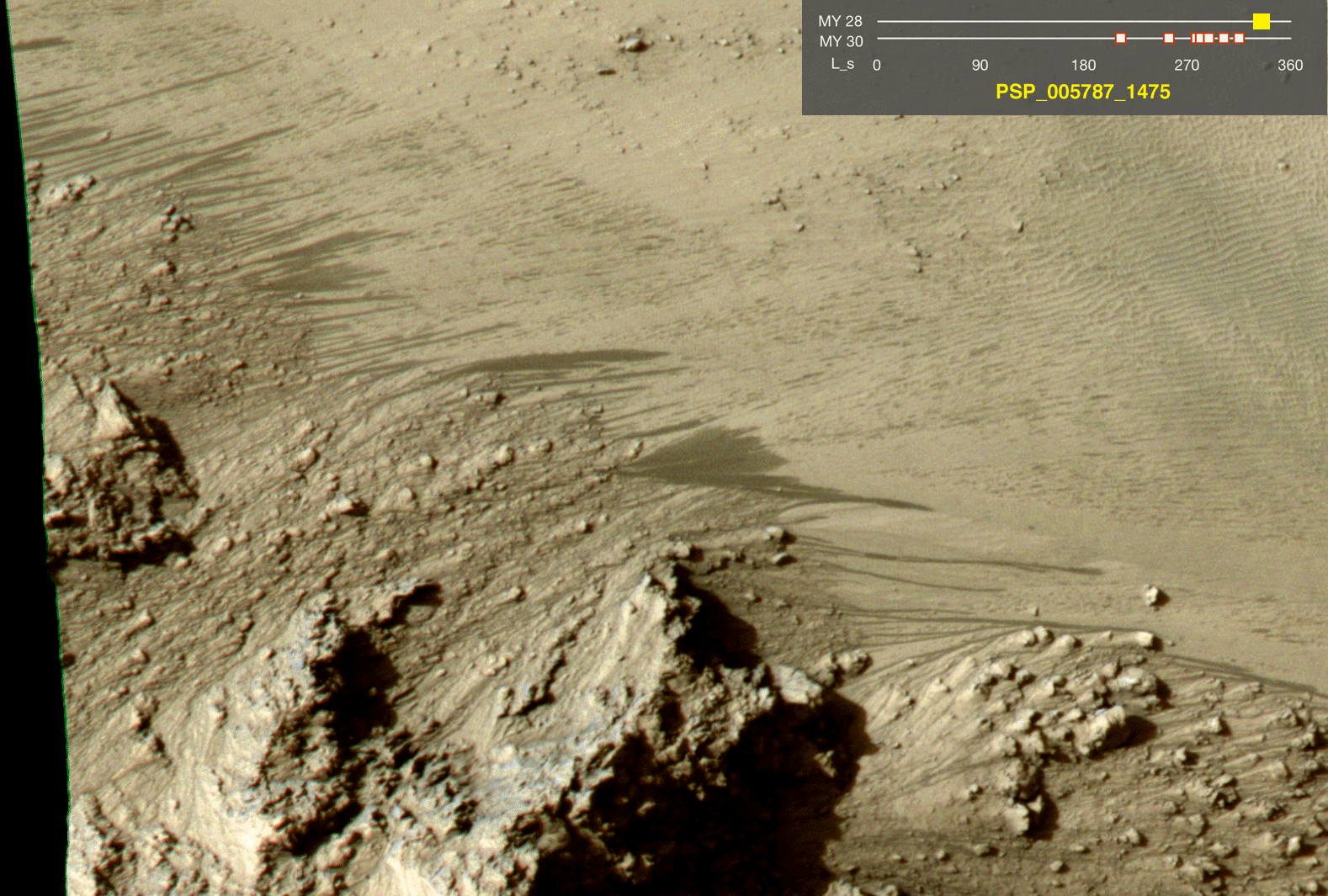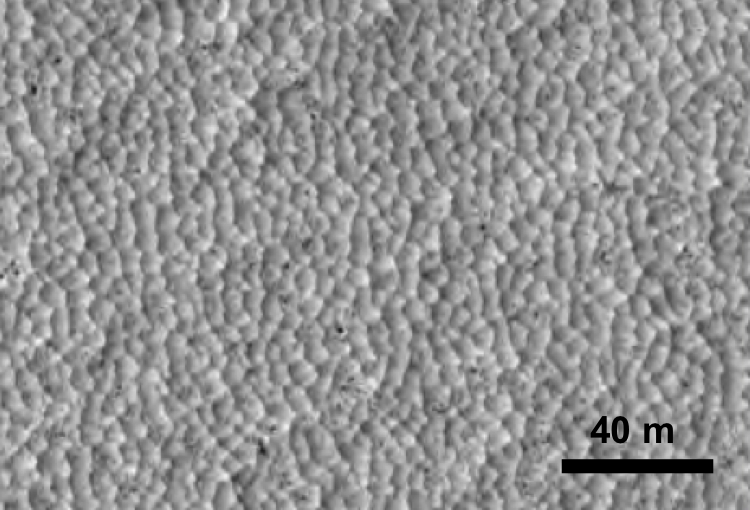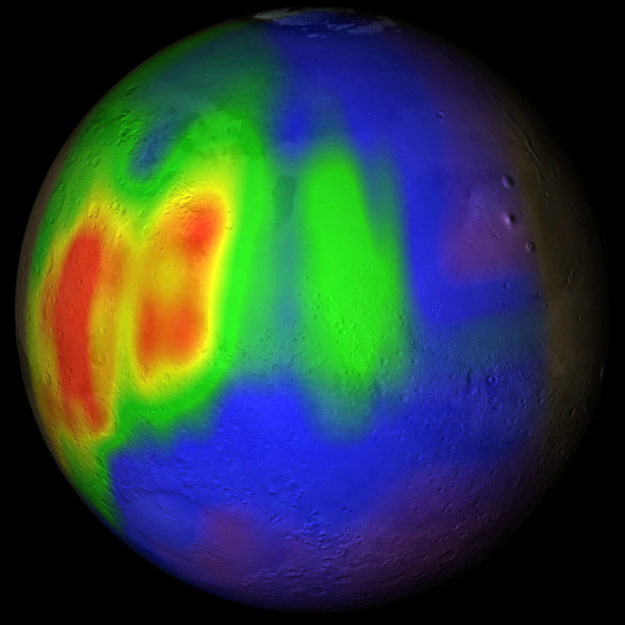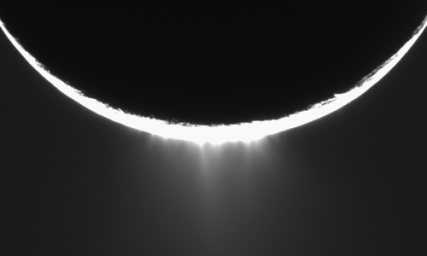NEEDS UPDATING
Martian mineral stratigraphy
Minerals in the ancient rocks on Mars record environmental conditions in which they formed, and the stratigraphy (i.e., sequence) of these minerals reveals how environments evolved over time. We generate mineral maps from CRISM orbital spectra and combine these with HiRISE images and topography to infer mineral stratigraphy. In the layered rocks at Mawrth Vallis, we thus inferred that Al-rich clay minerals formed relatively late after Fe/Mg-rich clays, a pattern subsequently mapped elsewhere on Mars that may reflect ancient surface weathering. We also found deeper layers containing the Ca-sulfate bassanite. Mawrth Vallis was one of the final four candidate landing sites for the Curiosity rover launched in late 2011.

The stratigraphy of sulfates vs. clays is a key issue for understanding ancient Mars. Curiosity will explore this in Gale crater, but in the meantime Opportunity is now traversing a sulfate-to-clay transition at the rim of Endeavour crater. Our work with CRISM data in 2009 identified clays in this crater's rim hills, and polyhydrated sulfates in the brighter foreground rocks visible at left. As Opportunity acquires "ground truth" on these outcrops, our continued analysis of nearby orbital data provides additional context.

Another part of our stratigraphic work involves measurement of stratal (layer) geometries. We use meter-scale digital elevation models derived from HiRISE images to fit planes to strata visible in these images. The magnitude, direction, and variability of stratal dips constrain their depositional processes and subsequent deformation. Do the sediments predate or postdate the local topography (e.g., crater or valley walls)? Were they deposited in low- or high-energy settings? Do internal unconformities suggest changing environments? These questions are answerable by our methods, which are also suitable for rover-based imagery.

